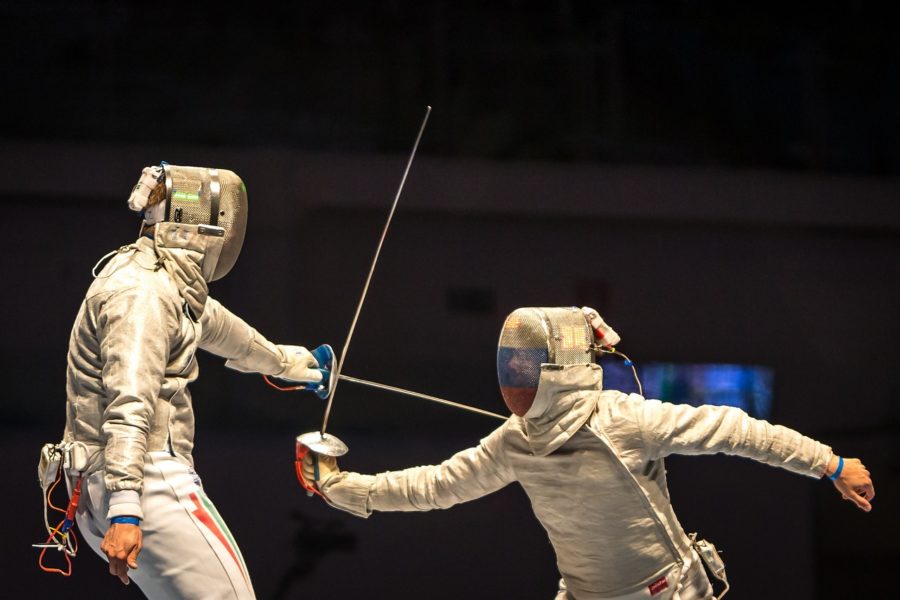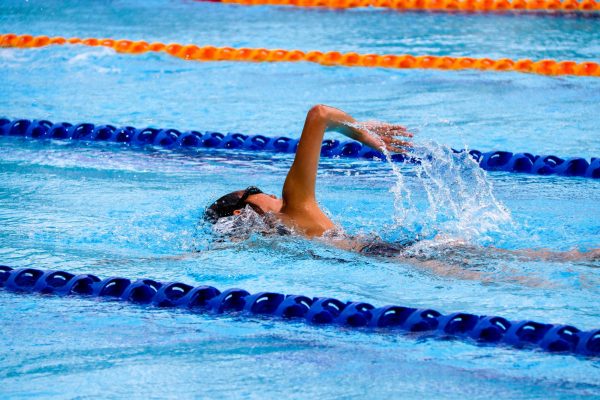The World Championships that Changed Fencing Forever
The 1982 Fencing World Championship in Rome was a historic one. It featured the finest fencers of the world going head to head on an international stage rivaled only by the olympics. Despite its infamy and drastic effects on the fencing community, if you were to ask the average fencer what was so special about this event, they probably wouldn’t be able to tell you. This is the story of the bout that altered fencing forever.
On one side of this historic competition was Vladamir Smirinov. Born in 1954, Smirinov was a Ukrainian Soviet (born in the Ukrainian SSR under the Soviet Union) married to Emma Smirinova and father of two. Of the three fencing weapons (epee, foil, saber) he was a master of foil and an adept epeeist. During the 1980 Moscow Summer Olympics he won a gold medal in the individual foil event, a silver medal in the team foil event, and a bronze in the team epee event. He was ranked 1st in the world and many considered him to be one of if not the best fencers of all time, and he would be defending his title as champion after winning the 1981 World Championships in Clermont-Ferrand.
On the other side was Matthias Behr, ranked 2nd in the world at the time of the competition. A West German born in 1955, Behr had won a gold medal for the individual foil event during the 1976 Montréal Summer Olympics. He was best known for his participation in team events winning one gold, one silver, and two bronze medals at FIE World Championships between the years of 1973 and 1981.
It was the quarter finals of the foil team event when Smirinov and Behr faced each other on the piste. “Both [men] stood over six feet tall and were described by coaches and teammates as massively strong and fast”. Both men went for an Attaque Simultanée (simultaneous attack). Smirnov attempted to foil Behrs’ attack with an upwards parry but it was too late. Behr avoided the parry and hit Smirnov. Unfortunately this didn’t result in a point for Behr. As his blade hit Smirinov’s chest, it broke, and pushed forwards by the inertia of the attack, what remained of Behr’s weapon broke through Smirnov’s mask hitting him above his left eye and going through his skull into his brain. Smirinov died 10 days later.
The Soviet team went on to win the tournament, a victory they dedicated to their friend.
Directly after the incident Behr took a break from fencing before coming back to win 2 gold medals in World Championships, two silvers in World Championships, and two silver Olympic medals between the years of 1983 and 1988. He dealt with extreme depression and suicide decades after the incident but has held on with the help and support of his teammates, coaches, family, and friends. Following the incident Beher received correspondence from former German Federal Minister of Interior, Gerhart Baum, (who was responsible for the sport in 1982) stating, “I may assure you, that I regret very much that a sympathetic and blameless sportsman like you was involved in this serious accident. I have emphasized in a short speech before the national team that not the slightest reproach can be raised against you. Even in a conversation with the Soviet delegation I heard no reproach directed against you.” Behr is currently still alive and living in Germany with his wife.
This shocking incident was a wake up call for the fencing world. Equipment was substantially upgraded with special focus going into masks and weapons. The carbon steel weapons which Smirinov and Behr fenced with were upgraded to maraging steel and masks were virtually re-designed with a new material consisting of stainless steel and kevlar, all of which must pass a “12kg punch test” before being allowed in any FIE sanctioned or Olympic tournament. Fencing clothing is now made with a combination of kevlar and strong synthetic fibers such as “super strong nylon” and cotton. Athletes may only compete with their gear as long as it can withstand 800 newtons. It should also be noted that the kevlar bibs connected to the fencing mask must be able to withstand 1600 newtons.
Surprisingly, this is not where the story ends. Directly following the incident, Behr reached out to Smirinovs widow, Emma Smirinova, expressing his regret and remorse over the incident in 1982. For almost 34 years he did not receive an answer until a German news crew was able to contact Smirinova and give her contact information to Behr. Behr sent her a letter written in Ukrainian to which Smirinova responded saying: “First of all I would like to assure you that the thought had never occurred to us that you are to blame. This terrible situation is tragic for both of us.” Smirnova and Behr remained in contact, becoming facebook friends and visiting each other in Ukraine and Germany respectfully. They spoke together about the incident on television and have become like a second family to each other.
When the Russian invasion of Ukraine began in February, Behr reached out to Smirinova out of concern for his good friend. By March, Smirnovas’ grandchildren and son-in-law had fled Ukraine to find refuge in Germany, where Behr and his wife were waiting to provide them with refuge. They stayed with him until June when Behrs’ wife helped the family into a new apartment. Smirinova commented to a USA Today reporter that “Matthias continues to take care of them, like a father, the children can always ask questions or for help. Thanks to Mattias, I am calm for the children, and this is very important for me.’’
Connected by tragedy but united in friendship and respect, this convoluted tale had strengthened family bonds while also creating new ones. Although rooted in tragedy, this story and the events contained therein have changed fencing phenomenally and I hope Vladamir Smirinov would be proud of how he has changed the sport he loved for the better.





